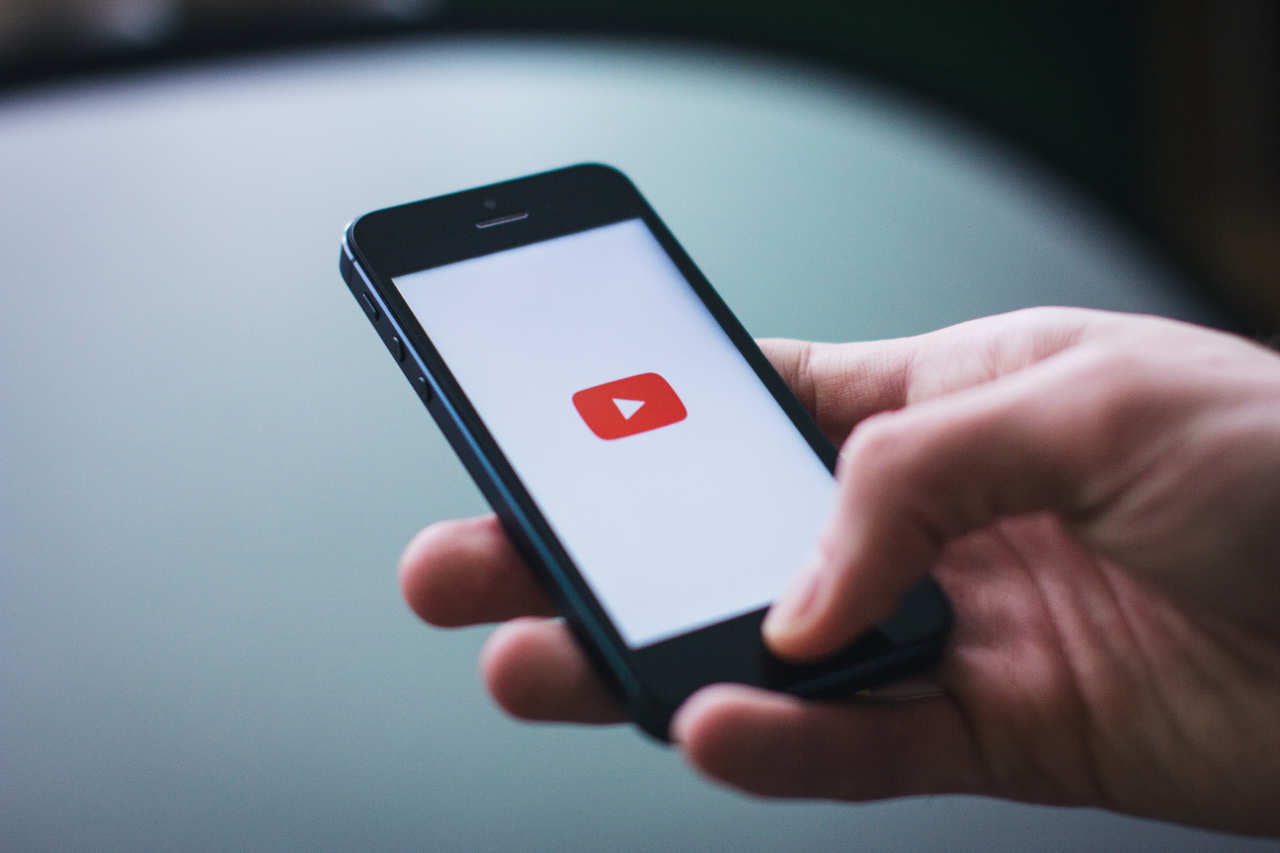
Your content isn't simply a one-and-done situation. You don't simply just set it and forget it once it's published. You and your team have spent hours pouring into SEO research, competitor analysis, drafting outlines, writing the blog post, editing, and publishing the article on your website. It makes sense to receive as much mileage as possible to get the most out of each content piece you produce. That's why every business should leverage the power of content repurposing.
In this post, we'll teach you what content repurposing is, why it's important, and ways to maximize it. Let's begin!
What is Content Repurposing?
What is Content Repurposing?

Content repurposing is finding a new way to reuse parts or the entire piece of content for another marketing channel. It usually involves changing the content's format. You could, for instance, turn a video into a blog post or a blog post into multiple social media posts. In this case, it is an art, and there is an effective and more efficient way to do it.
Creating high-quality content is one of the most challenging tasks for business owners. It takes a lot of time to create content, serve clients, and lead your team. Not to mention everything else you have going on in your personal life. A popular piece of original content can be presented to a whole new audience by changing its format.
Why is Repurposing Helpful to SEO?
Why is Repurposing Helpful to SEO?
These are the main benefits of content repurposing:
- It saves money and time: 60% of marketers have said their time is spent on time-consuming activities such as searching for information. You can save time by focusing on creating one high-quality piece of content and then repurposing it into other formats.
- It can increase traffic to your site: You will have more opportunities to get backlinks to your website when online users share your new content. Increasing authority in Google's eyes and ranking for a keyword will increase your chances of increasing website traffic.
- Reach new audiences: The members of your target audience have commonalities, but they likely learn in different ways and use different channels. Offering several content formats on different channels means reaching new audience segments that would otherwise never find it.
- Get an SEO boost: The creation of multiple pieces of content on the same topic can provide additional opportunities to target the desired keyword. You can also receive quality links back to your site if you repurpose your content outside of your site with control over the anchor text.
- Reinforce your message: Sending a message that sinks in requires repetition. Marketing's Rule of 7 states that buyers must hear your message seven times before they close the deal. Reaching this quota is made easier through repurposing.
- Gain extra authority: By publishing quality content in a variety of places on a single topic, you can establish yourself as an expert in the field.
12 Strategies to Help You Repurpose Content
12 Strategies to Help You Repurpose Content
Following this introduction to content repurposing, let's look at some examples of how it can be used. The following are the most creative ways to repurpose your content.

1. Create a Video
1. Create a Video
Analyzing your analytics is the first step to repurposing content effectively. Look for opportunities to repurpose blog posts with high engagement and shares in a different format.
Create an informative video if you or someone on your team has basic video production and editing skills. Make a video series instead of long-form content if it is complicated. You can use this to set yourself apart from the competition and keep your audience engaged and curious about your upcoming videos.
2. Develop an Infographic
2. Develop an Infographic
An infographic is a visual summary of the content of your post that goes beyond a slide deck. It's a great way to relate data or simply break up a long article into just the major points if you have a lot of data in your story. Non-designers can create infographics with programs such as Piktochart and Visually.
3. Repackage Blog Post into an E-Book or Whitepaper
3. Repackage Blog Post into an E-Book or Whitepaper
When you research a topic for articles, webinars, videos, and more, you gain enough knowledge to train others. Why not use all that knowledge to create an eBook or white paper that contains all that information? With 25% of U.S. consumers reading eBooks, this is one of the best content formats to educate your audience. The eBook (or white paper, if you're in the B2B space) can serve as a lead magnet - a free item you'll give away in exchange for contact information. You might also consider selling your eBook. Over 190 million eBooks were sold in the United States in 2020 alone, so this represents a powerful opportunity to monetize your content.

4. Host a Webinar
4. Host a Webinar
A webinar can be a great way to teach your audience if you have the resources to do so. Make sure you maximize the return on your webinars since they are time-consuming. While those who attended your webinar enjoyed the live and in-depth content with visuals and audio, others may prefer to read or review slides.
You can repurpose your webinar by recording it and creating short video clips for social media. Your video series or online course can even be turned into a video series if you are really pleased with the outcome. The presentation can be published if you use a slide deck. Lastly, you can use the video transcript as the basis for a blog post. You can reach audiences that may be interested in that content but not in a webinar.
5. Compile Nuggets into an Engaging Email Newsletter
5. Compile Nuggets into an Engaging Email Newsletter
There is a good chance that not everyone in your audience will be able to read all your articles if you post them every week. Don't let your efforts go to waste! Make that content into an email newsletter to nurture relationships with your subscribers and ensure they don't miss your freshest content. If you write a summary with the main takeaways, you can add a link to the original post, inviting users to read it in its entirety
6. Break the Blog Posts Up Into Social Posts
6. Break the Blog Posts Up Into Social Posts
When creating graphics for blog content, consider repurposing them for social media. Keep in mind that each social media platform has a specific size allowance, so make sure you'll be able to adjust your visual assets easily. Create snippets from your blog post that you can share on social media. Make tweets out of interesting statistics in your article. Choose catchy quotes and statistics that your target audience will resonate with and share.

7. Turn Into Podcasts
7. Turn Into Podcasts
Some of your audience may prefer content they don't have to read. Hence, podcasts and videos could be one of the most important repurposing methods since they open up a whole new way to communicate. Podcasting is like listening to a book or a blog on tape.
This is a good starting point, but the best podcasts use original content to launch a larger conversation. In addition, each podcast makes for a new post on your website, and you can always add a transcript to appeal to those who have time and space to listen or read.
Blog posts can be an excellent source of video material for those inclined to make videos. Your script can be based on the article's text, and you can present the topic in lecture style or with some additional graphics and enhancements. Video content for your website can be created with Wistia, one of many online tools.
8. Take Headings or SubTopics and Write Guest Posts for Other Blogs
8. Take Headings or SubTopics and Write Guest Posts for Other Blogs
In order to reach as many readers as possible, you should optimize exposure when writing a blog post. Creating guest posts, also known as guest blogging, builds brand awareness, allows you to reach new audiences, and drives traffic to your website. Look for blogs in the same niche as yours (where your target audience hangs out) and ask if they're interested in guest posts. Your existing content can be used as a starting point for a new post once you find an opportunity. You can also build a backlink profile through guest posting since you can add links to your original content.
9. Make a Downloadable PDF
9. Make a Downloadable PDF
Creating an eBook is an effective way to repurpose your blog posts. The process can, however, be time-consuming. You can use an article as a lead magnet by making it a downloadable PDF. People like free "premium" content they can download and learn at their own pace. It's an opportunity for you to build your email list by getting contact information. Use PDF-sharing sites like Issuu to extend the life of the content.
10. Combine Multiple Blog Posts
10. Combine Multiple Blog Posts
Bloggers often have hundreds of blog posts with quality content on their websites without providing any real value. Consider yourself lucky if you're in a similar situation! You can use that opportunity to revise articles and make small improvements. Group the posts about similar topics, and you can use the content in a newsletter, a podcast, or even as an eBook. Create a long form guide to boost your SEO. Create an eBook or white paper based on the content on your website and offer it as a lead magnet if you have enough visitors.
11. Use Content to Answer Questions on Quora
11. Use Content to Answer Questions on Quora
Quora has about 300 million monthly visitors, which is a good opportunity to reach a new audience. It is not possible to promote products or services on Quora, but you can use it to repurpose content and increase traffic to your website. Choose one of your blog posts and search Quora for the broad topic. Find threads with multiple upvotes (Quora's main engagement metric). You could receive thousands of views and clicks to your website if you provide an informative answer and include a link to your blog post. Quora can even be used as a blog.
12. Create Reels Out of Blog Content
12. Create Reels Out of Blog Content
Video content can be presented in a variety of ways. In the last decade, online video has grown in popularity (hello, TikTok!). You can capitalize on this by making short videos of your blog entries. We recommend keeping it short. Make 4-6 shorter videos from one blog post.

How to Find Content to Repurpose
How to Find Content to Repurpose
To find content worth repurposing, start with your blog archives. Take a look at your past posts with the following in mind: Your evergreen content can be found here. The amount of evergreen content you have in your archives might surprise you. Timelessness and quality are the two most important elements of evergreen content.
● Evergreen content remains relevant for a long time.
● Evergreen content gets traffic because of its high quality.
Take a look at your most popular posts. Check your site analytics to see what posts performed best in the past month and year. Keep an eye out for content that was published before the start date of your monthly report, such as a January post topping your March content.
Wrapping It Up
Wrapping It Up
Content creators can save a lot of time by repurposing content. This is a super hack for SEO, reach, and much more. Consider your repurposing options before starting a new blog post or article. It is possible to create dozens of pieces of content from one story. Your repurposing efforts should be successful as long as you add value to the original content. If you're looking to level up your content to increase brand awareness and generate more leads, Universal Creative Solutions offers outsourced marketing services to help implement an expert content marketing strategy in your business. Contact us to learn more!

